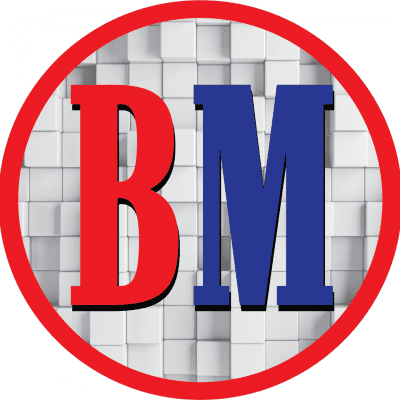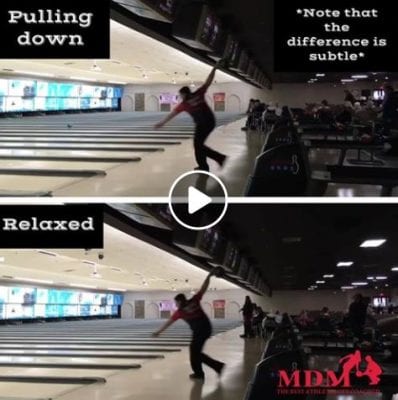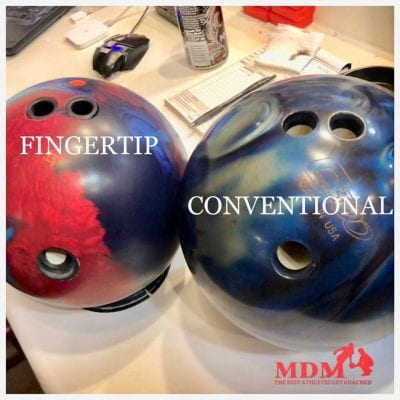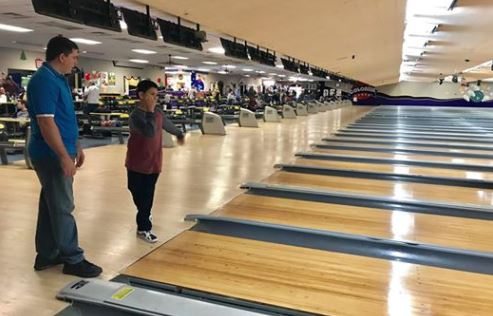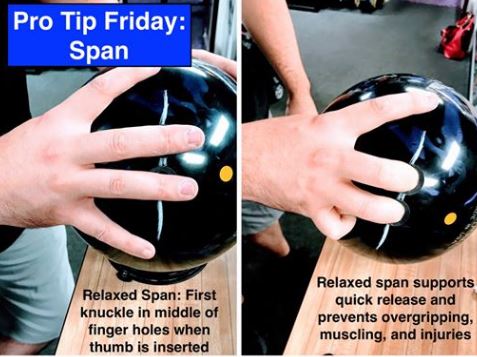Bowling Tips & Coaching Articles, MDM Coaching with Mike Moore
Need More Balance At The Foul Line? Utilize The Balance Arm By MDM Bowling Coaching
Why The Balance Arm In Bowling Is So Important
Pro Tip Friday: Balance ArmA few weeks ago, we discussed how critical it is to be balanced in order to hit your target consistently on the lane. The non-bowling side arm (also known as balance arm) is an often overlooked but very important part of the physical game. Using the opposite side to create leverage can affect swing, rev rate, and speed. However, many bowlers I work with aren’t even aware of their balance arm.I’ve learned a lot about the impact of swinging a 14 – 16 lb object on only one side of the body since I’ve started coaching. While there are many ways to engage the balance arm effectively (reaching towards the wall, swimmers motion, bent elbow/forward shoulder, etc), it’s clear that bowlers need to create a force of resistance to maximize the transfer of energy from our body to the ball. I was working with a bowler a few months ago who was struggling to keep her balance and falling off to the right side almost every shot. We spent a session doing drills where I asked her to focus on reaching towards the wall as the first step in using her balance arm. By the end of the session, this student was posting the shot 60% of the time. Stabilizing the shoulders minimizes trunk rotation and increases consistency. For some, focusing on the balance side instead of the ball side can keep from overworking the ball.I like to do one step drills to practice my release. In the video on the left, I’m not engaging my opposite side. It’s harder to stay balanced to post my shot and my ball is both slower and less accurate. On the right, I’m pushing my arm out towards the wall, which helps to keep my shoulders and hips in line with my target and gives me significantly more stability. If you’re struggling to repeat shots, think about how you’re utilizing your balance arm in your approach. #protipfriday #mdmcoaching
Posted by MDM Coaching on Wednesday, May 30, 2018
A few weeks ago, we discussed how critical it is to be balanced in order to hit your target consistently on the lane. The non-bowling side arm (also known as balance arm) is an often overlooked but very important part of the physical game. Using the opposite side to create leverage can affect swing, rev rate, and speed. However, many bowlers I work with aren’t even aware of their balance arm.
I’ve learned a lot about the impact of swinging a 14 – 16 lb object on only one side of the body since I’ve started coaching. While there are many ways to engage the balance arm effectively (reaching towards the wall, swimmers motion, bent elbow/forward shoulder, etc), it’s clear that bowlers need to create a force of resistance to maximize the transfer of energy from our body to the bowling ball. I was working with a bowler a few months ago who was struggling to keep her balance and falling off to the right side almost every shot. We spent a session doing drills where I asked her to focus on reaching towards the wall as the first step in using her balance arm. By the end of the session, this student was posting the shot 60% of the time. Stabilizing the shoulders minimizes trunk rotation and increases consistency. For some, focusing on the balance side instead of the ball side can keep from overworking the ball.
One Step Bowling Drills Will Help Utilize Your Balance Arm
I like to do one step drills to practice my release. In the video on the left, I’m not engaging my opposite side. It’s harder to stay balanced to post my shot and my ball is both slower and less accurate. On the right, I’m pushing my arm out towards the wall, which helps to keep my shoulders and hips in line with my target and gives me significantly more stability. If you’re struggling to repeat shots, think about how you’re utilizing your balance arm in your approach. #protipfriday #mdmcoaching


